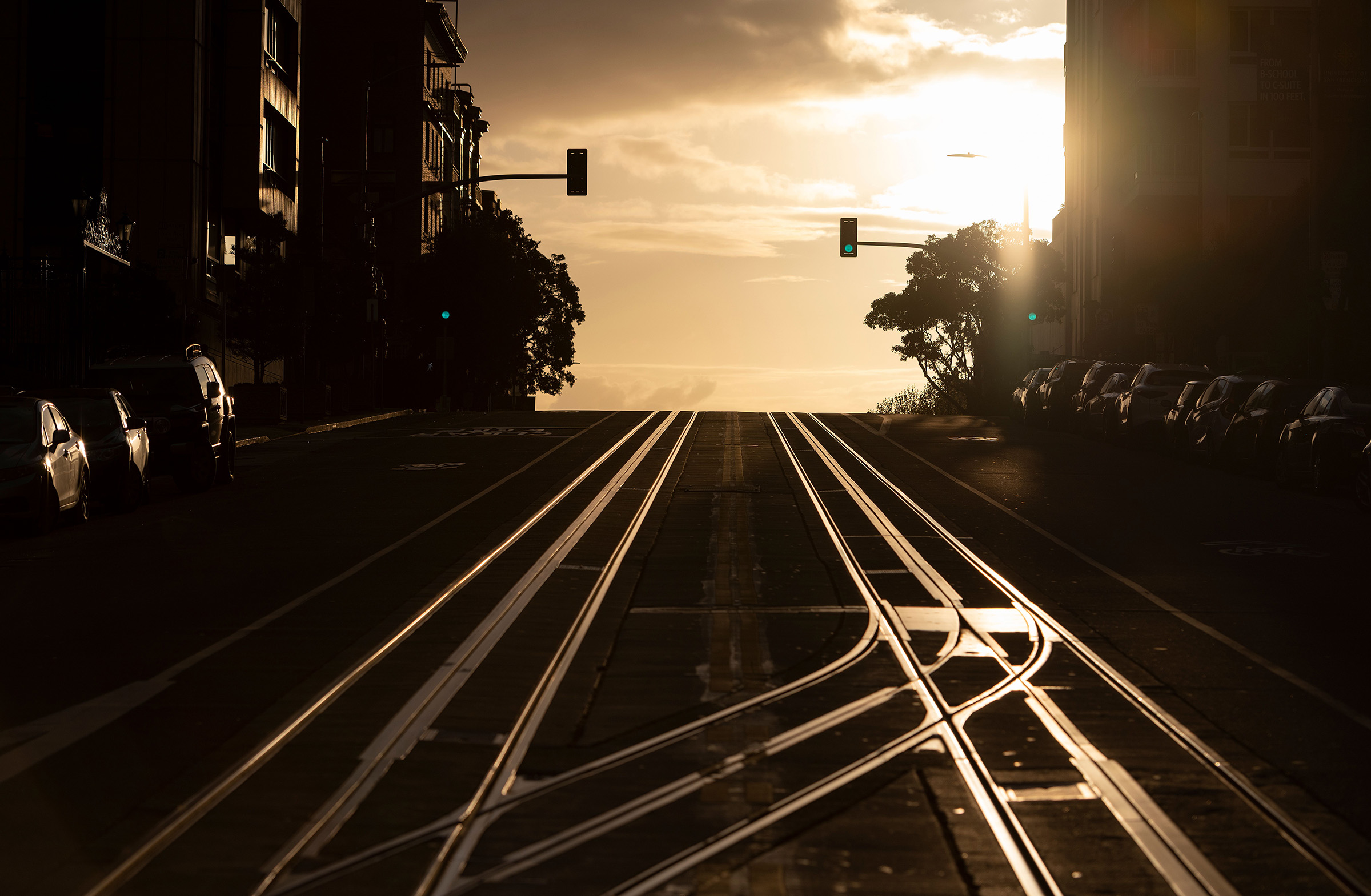We began planning this special issue of TIME before any of us had heard the phrase flatten the curve, much less contemplated our own roles in the flattening. Its theme—getting out of silos and coming together as communities—is one we’ve been thinking about a lot here over the past few years. The world we cover is increasingly tribal and polarized—some studies suggest that empathy itself is in decline—and yet so many of the challenges we face require us to act together. And none more so than this pandemic that is testing our collective strength even in isolation. What does it take to get us to see beyond ourselves, beyond our divisions, and look out for one another?
I started as TIME’s editor in 2017, right after a one-two punch of tragedy in the news: the violent protests by white supremacists in Charlottesville, Va., that killed a 32-year-old woman and injured many more, followed 13 days later by the devastation of Hurricane Harvey. Our cover the week of Charlottesville was Hate in America. By contrast, in the issue after Harvey, a moving column by my colleague Susanna Schrobsdorff—inspired by the extraordinary scenes of human chains, of strangers risking their lives to help strangers, of dogs, horses and hawks being pulled out of the floods—told a different story about the character and potential of our communities.
“Over and over, you hear people being reassured as they are supported by the arms of strangers. ‘We’ve got you … I’ve got you … You’re O.K.,’” she wrote. “Even those of us who live far from Houston have been jolted out of our silos.”
Want to help? Here’s a list of organizations and fundraisers accepting donations for health care workers, food banks and people who are unemployed because of COVID-19.
That is the epic test of character that we face now. Apart. Not Alone, a special issue overseen by Lori Fradkin, is devoted to stories of and by people who are forcing us out of our corners as we focus on a shared threat that is suddenly connecting the entire world. Some are doing it by throwing themselves into the fray as first responders—the courageous medical workers isolating themselves from their own families as they treat patients with the virus, the bus drivers delivering meals to kids in need whose schools have closed, and the leaders from businesses and nonprofit organizations, like the subject of this issue’s cover profile, José Andrés, with whom TIME’s Sean Gregory spent weeks traveling from one crisis to the next, only to find Andrés on the front lines of the coronavirus outbreak as this issue headed to press.
Our government must do much more to support the frontline responders. But we all have a role to play as billions of people now are, by staying at home, often despite extreme hardship. It’s hard to fathom another moment when so many of us will find ourselves so dependent on the goodwill of strangers.
We are apart, but we are not alone.
“We wave hello and talk across our tiny yards,” the journalist and novelist Connie Schultz writes of her neighborhood in Cleveland. “The questions rise like songs: ‘How are you holding up?’ ‘What do you need?’ ‘How can I help?’ The chorus is always the same: I see you.”
We don’t know when this storm will pass. But we do know how to help.
“Without empathy,” Andrés tells us, “nothing works.”
Want to help? Here’s a list of organizations and fundraisers accepting donations for health care workers, food banks and people who are unemployed because of COVID-19.
- Introducing the 2024 TIME100 Next
- The Reinvention of J.D. Vance
- How to Survive Election Season Without Losing Your Mind
- Welcome to the Golden Age of Scams
- Did the Pandemic Break Our Brains?
- The Many Lives of Jack Antonoff
- 33 True Crime Documentaries That Shaped the Genre
- Why Gut Health Issues Are More Common in Women
